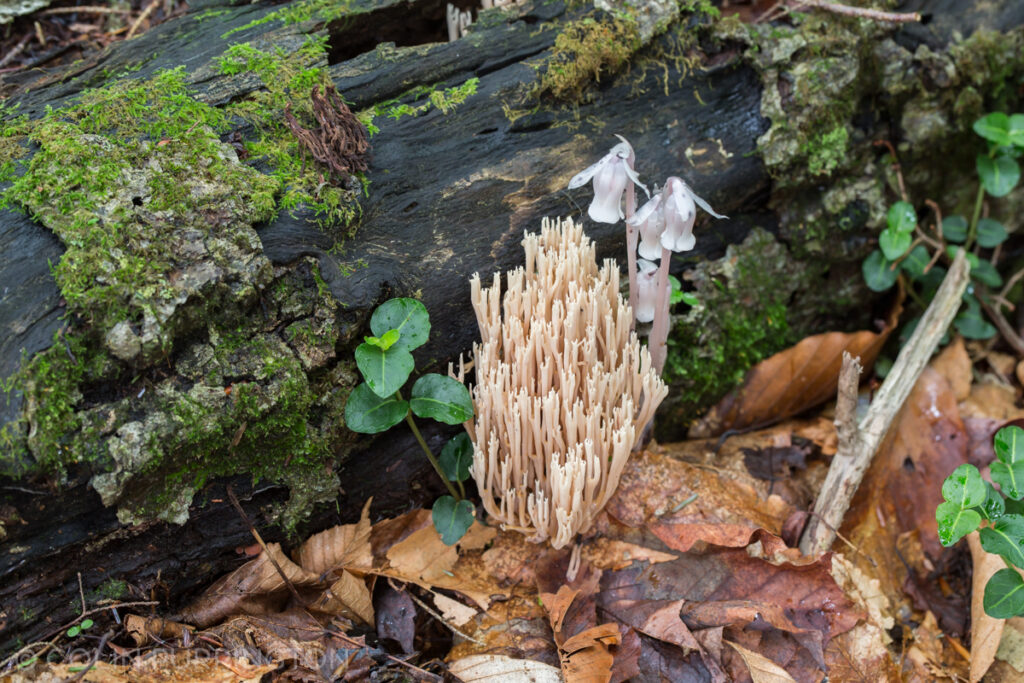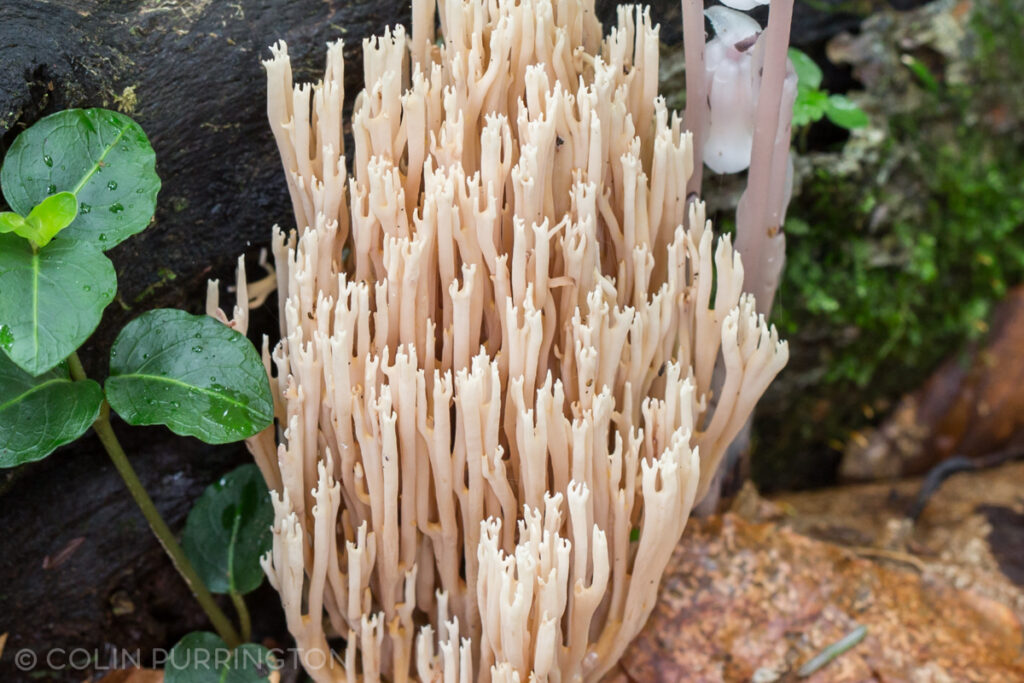It’s taken me several years but I’m finally uploading photographs from my 2015 trip to the Galápagos. Below are just a few of my favorites. To see all 150 or so, please go here.

Galápagos flycatcher 
brown pelican 
swallow-tailed gulls 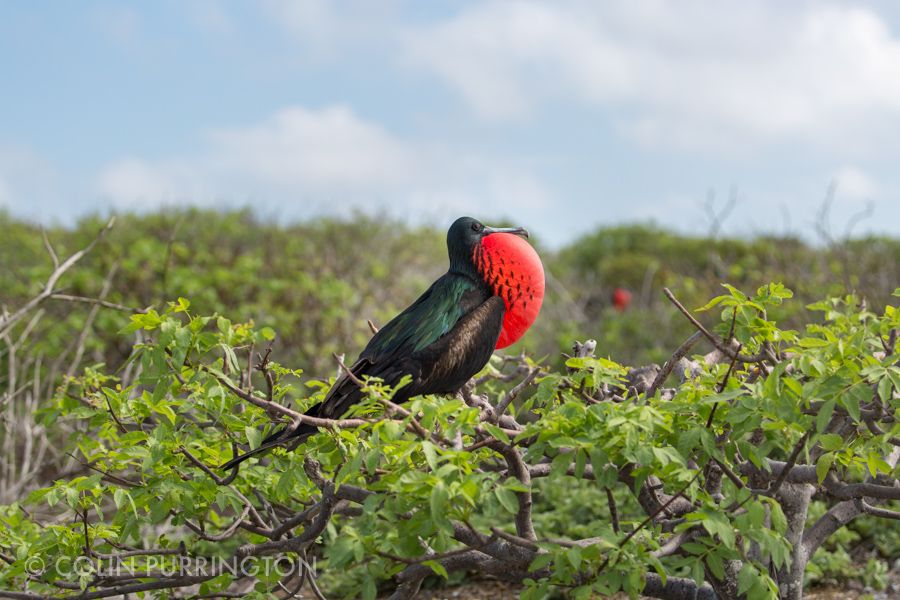
great frigatebird 
flightless cormorant 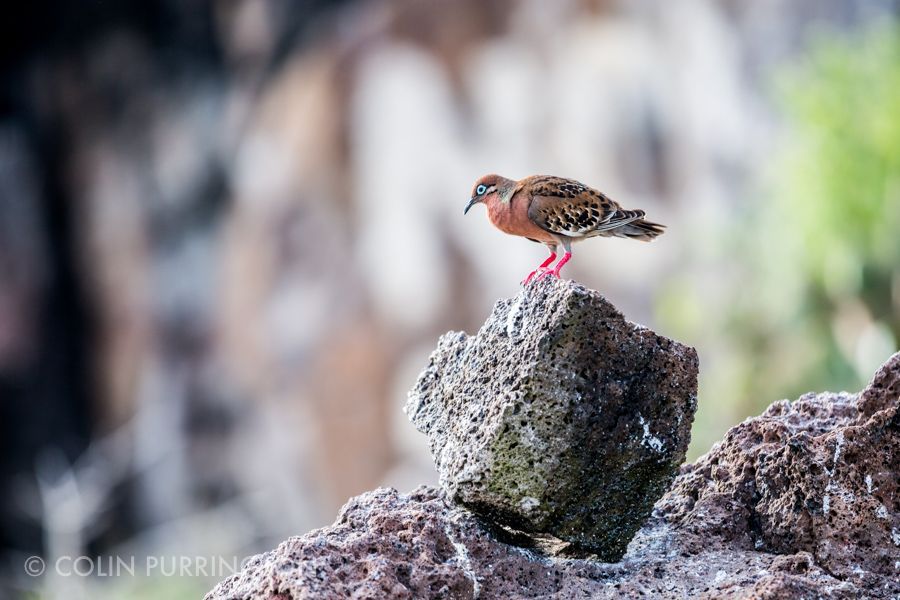
Galapagos dove 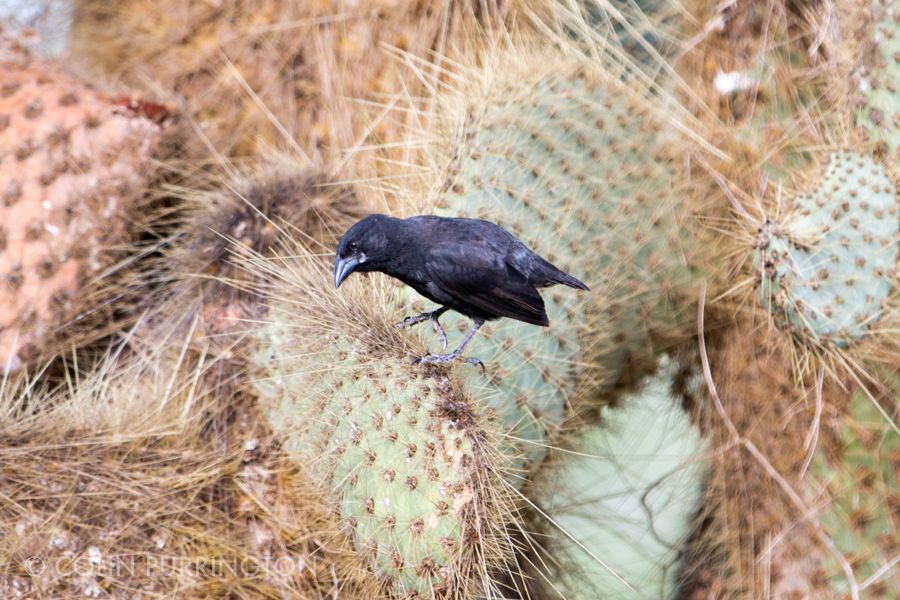
common cactus finch 
Nazca boobies 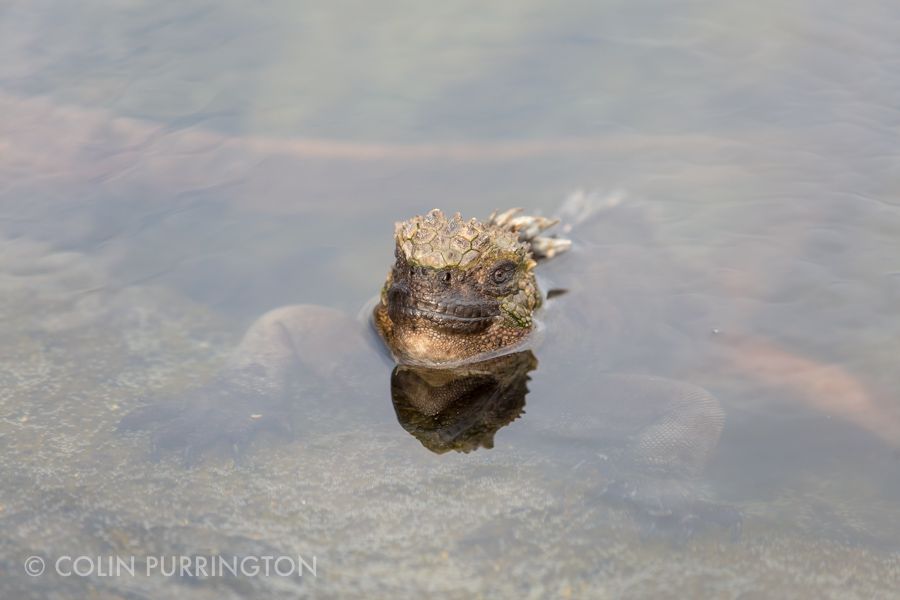
marine iguana 
sneezing marine iguana 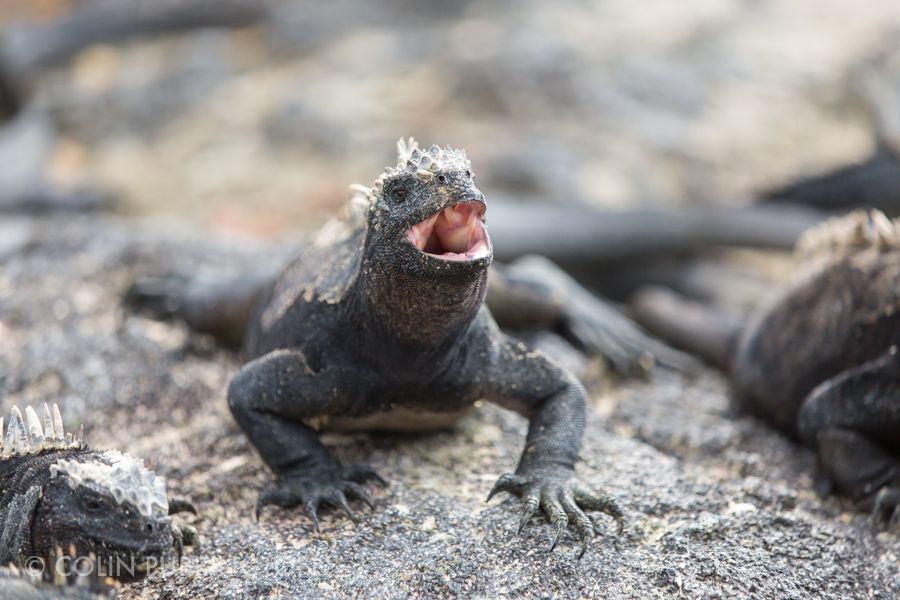
yawning marine iguana 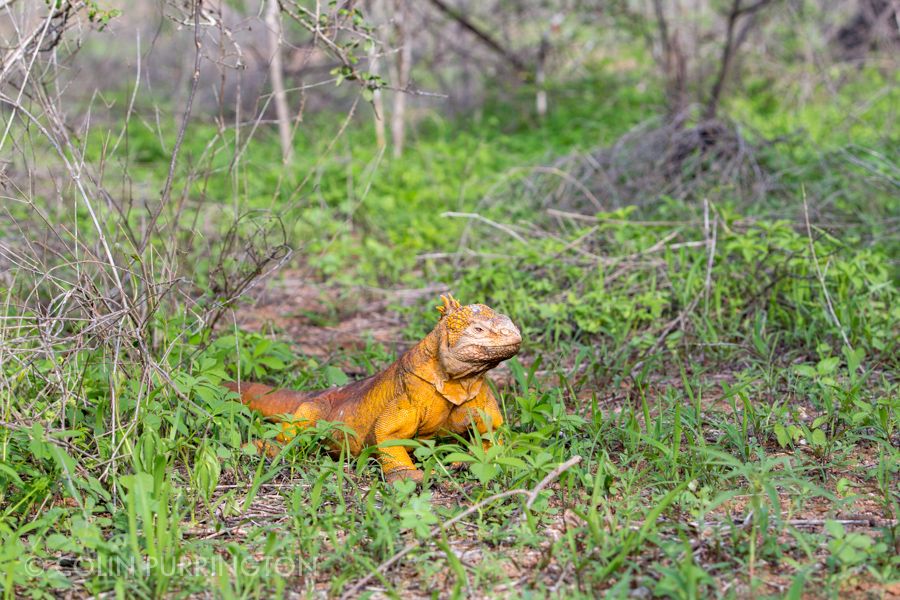
land iguana 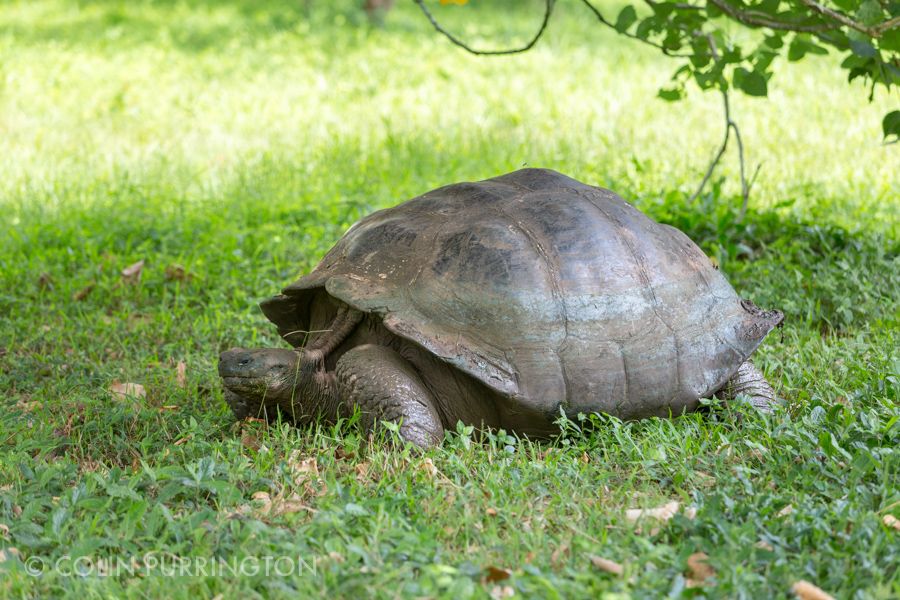
giant tortoise 
Galapagos sea lion 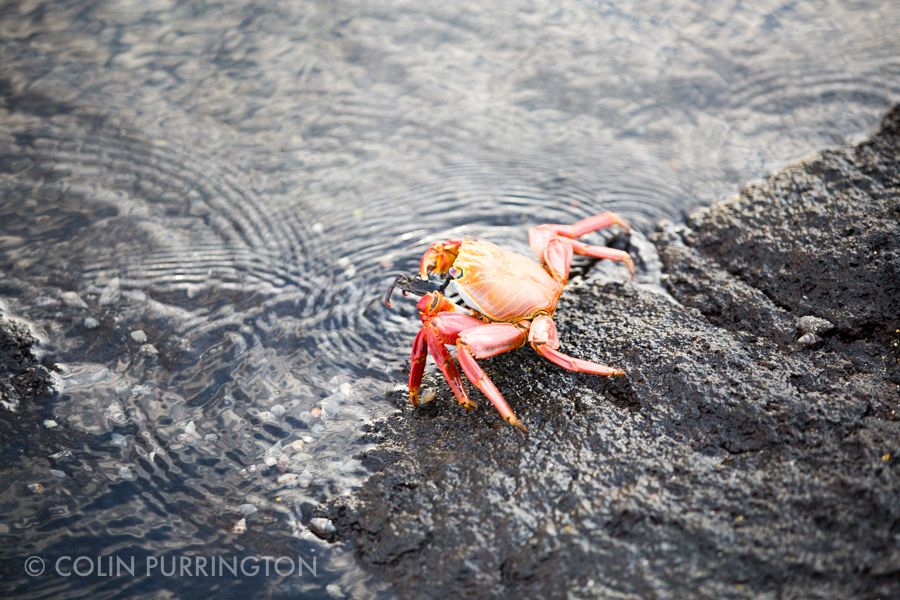
Sally Lightfoot crabs 
blue seastar 
lava cactus 
Daphne Minor & Major
If you have any burning questions about the Galápagos, please leave a comment or send me a note. I wish I could go back every year.

